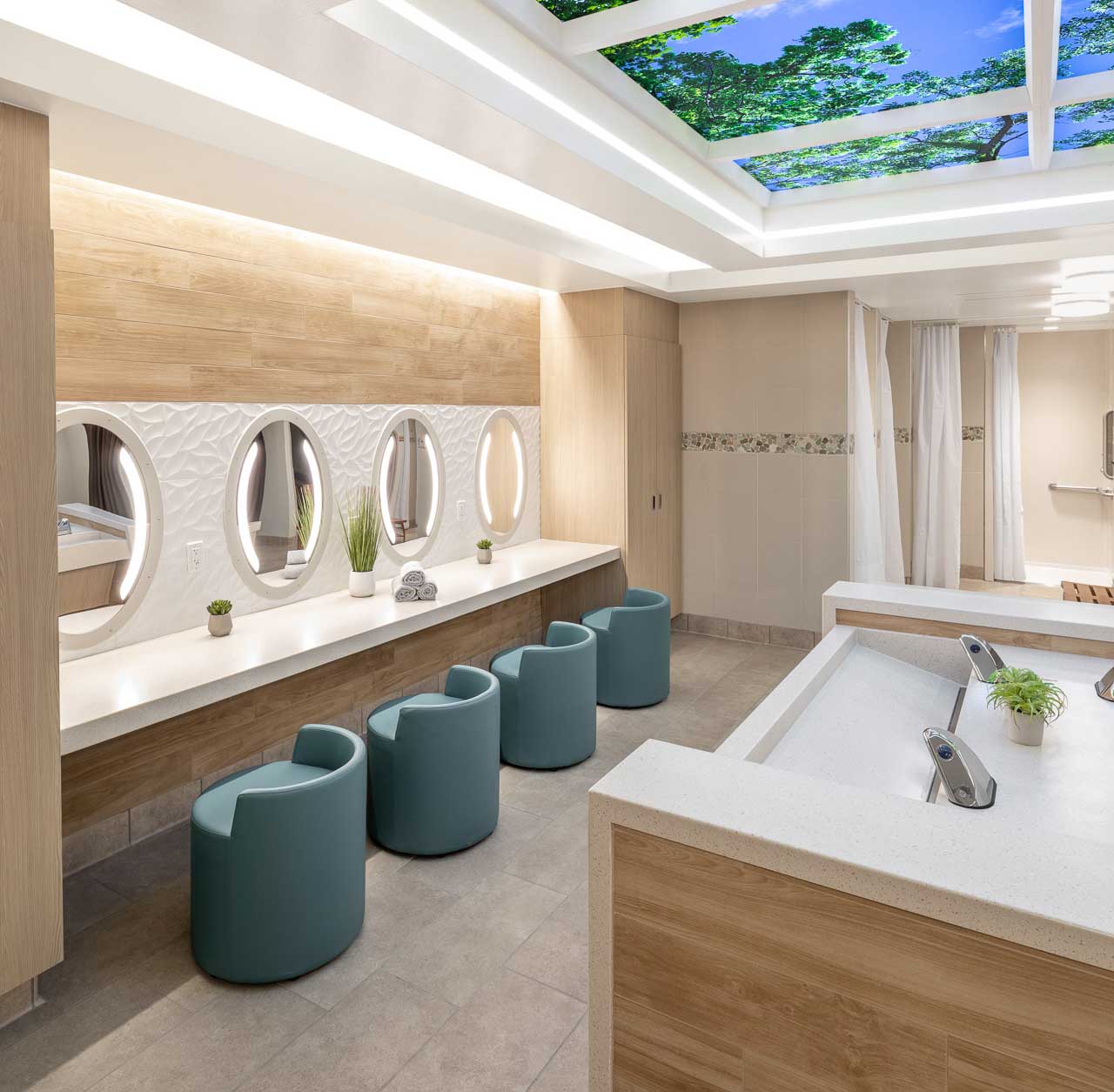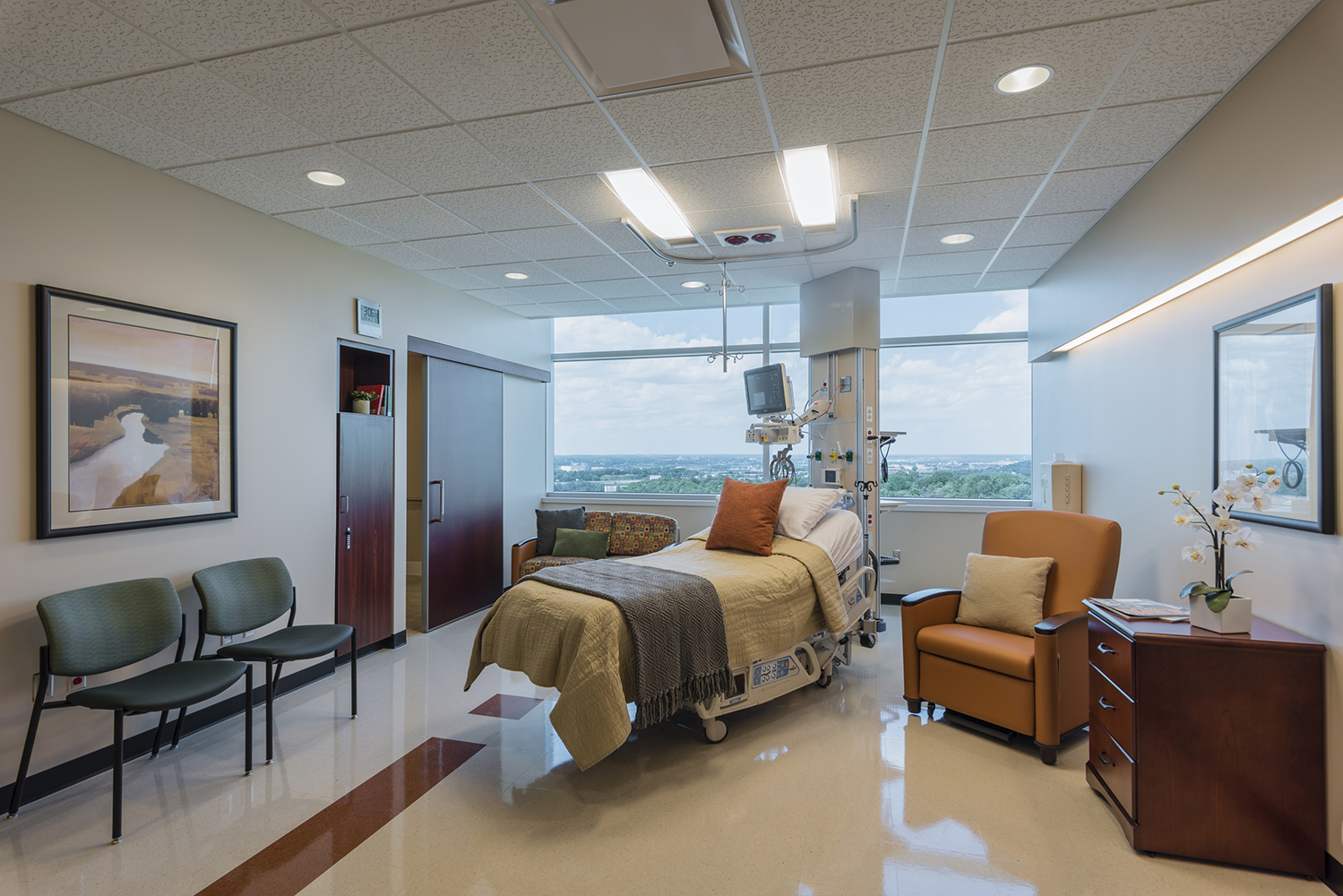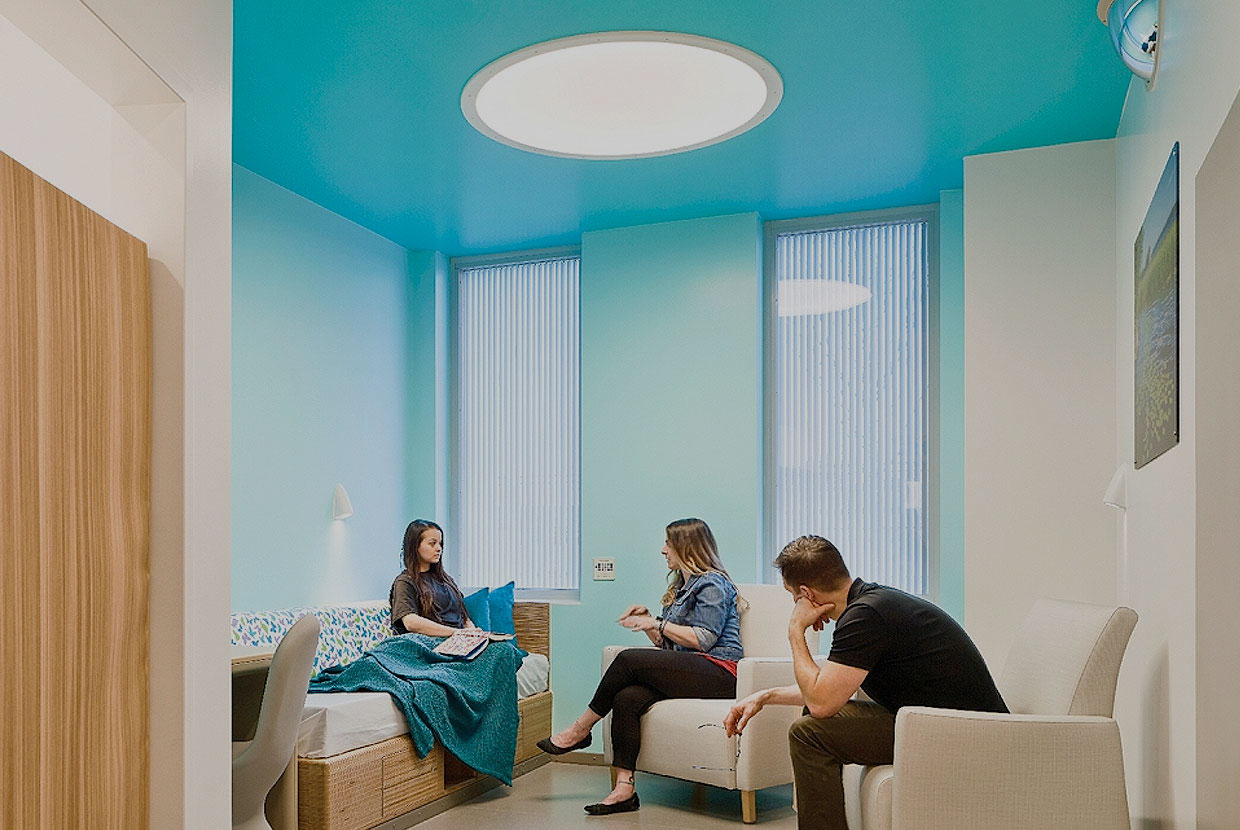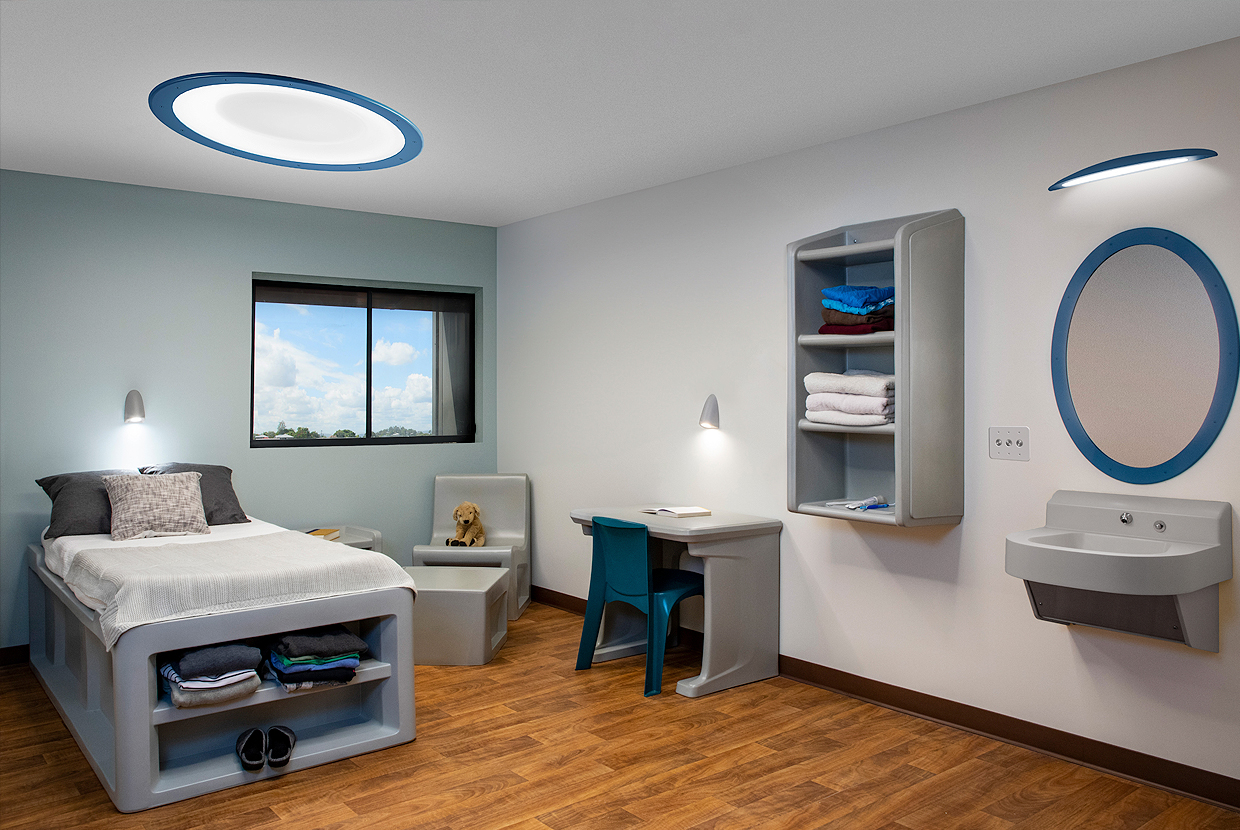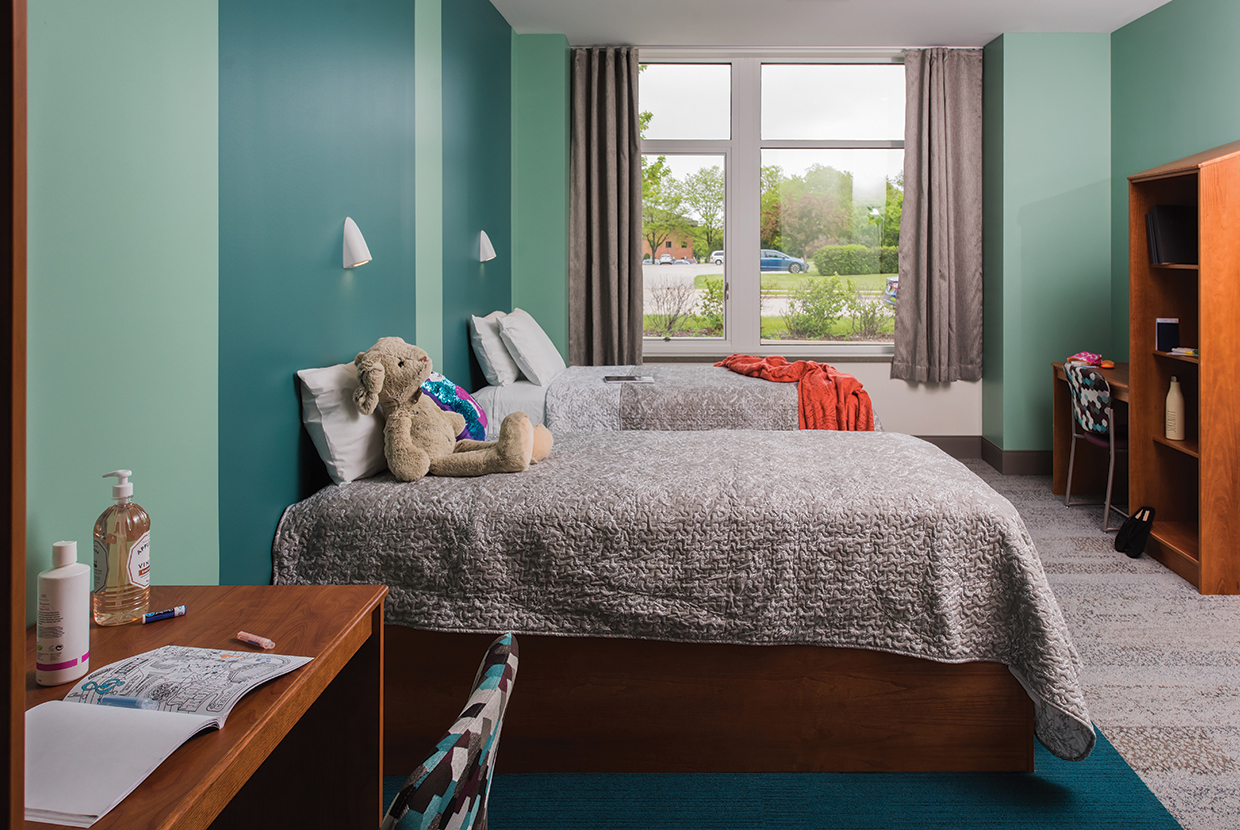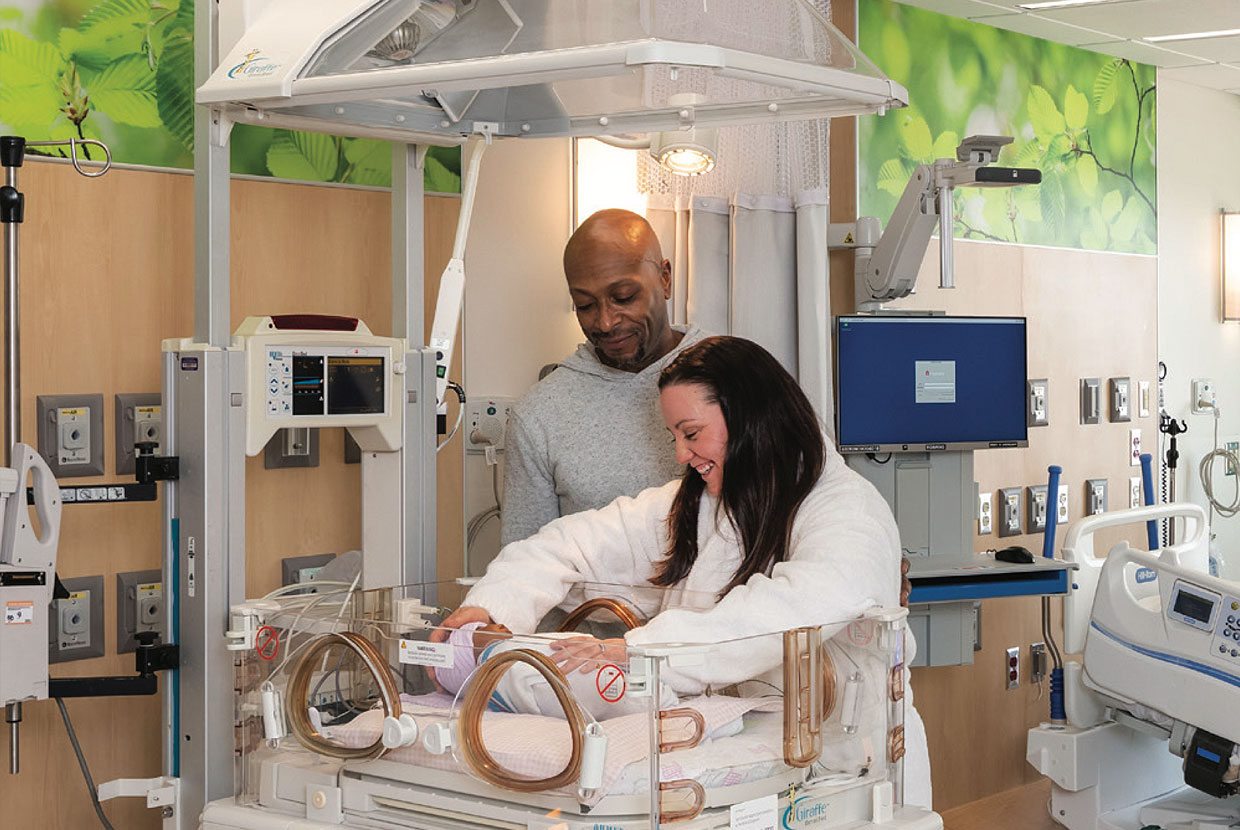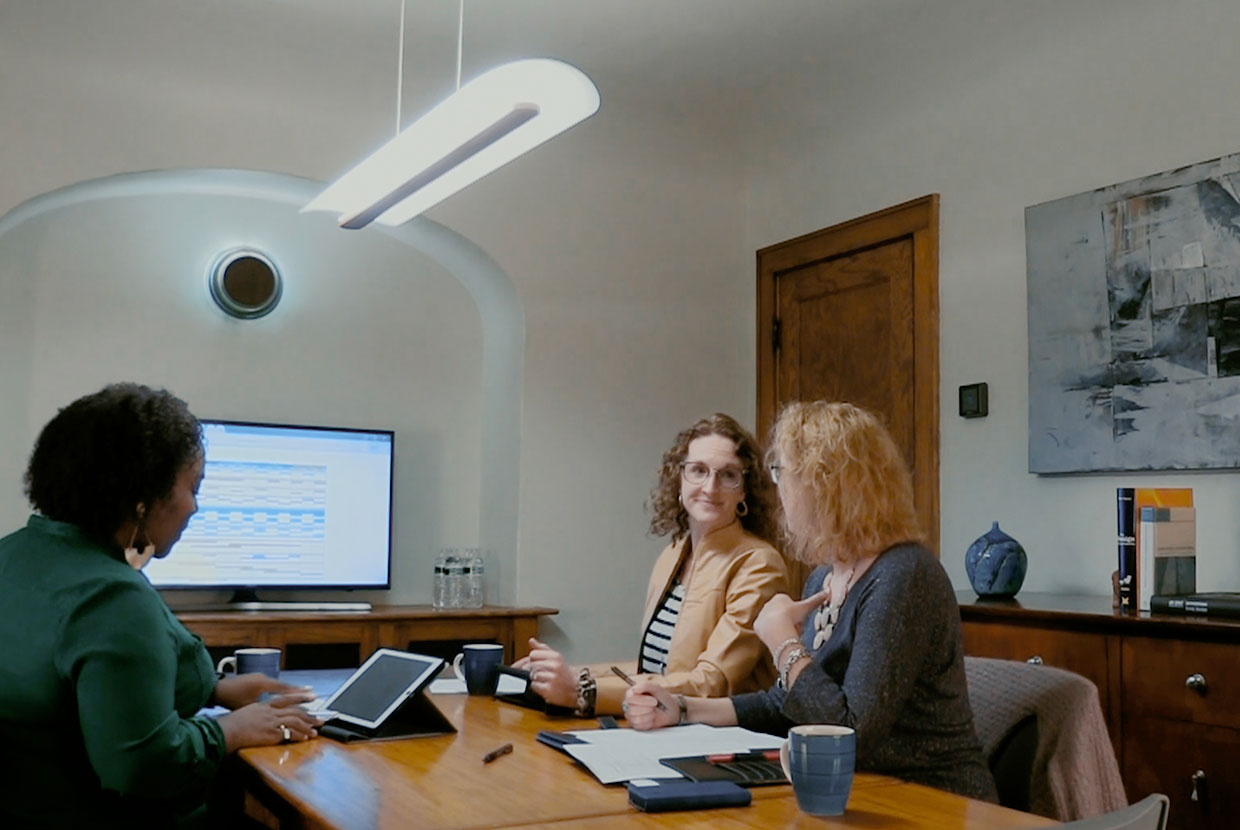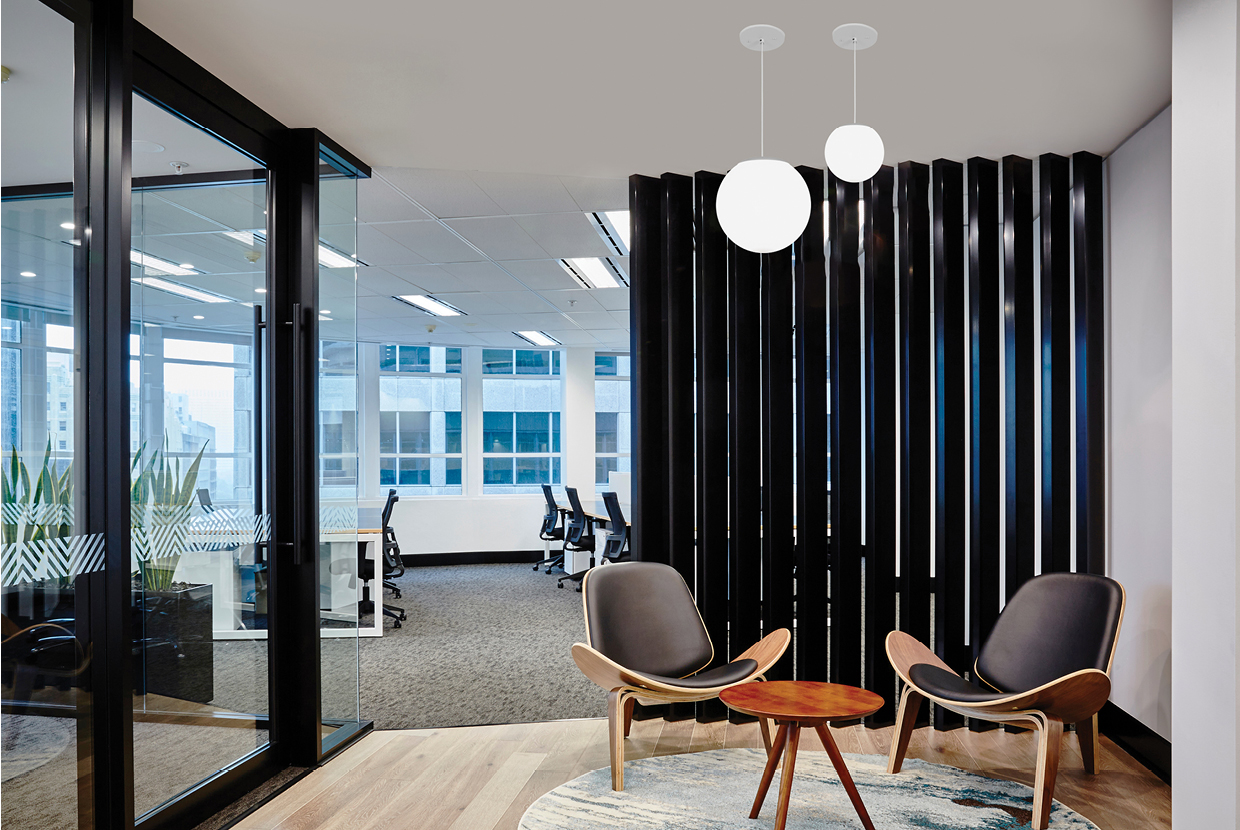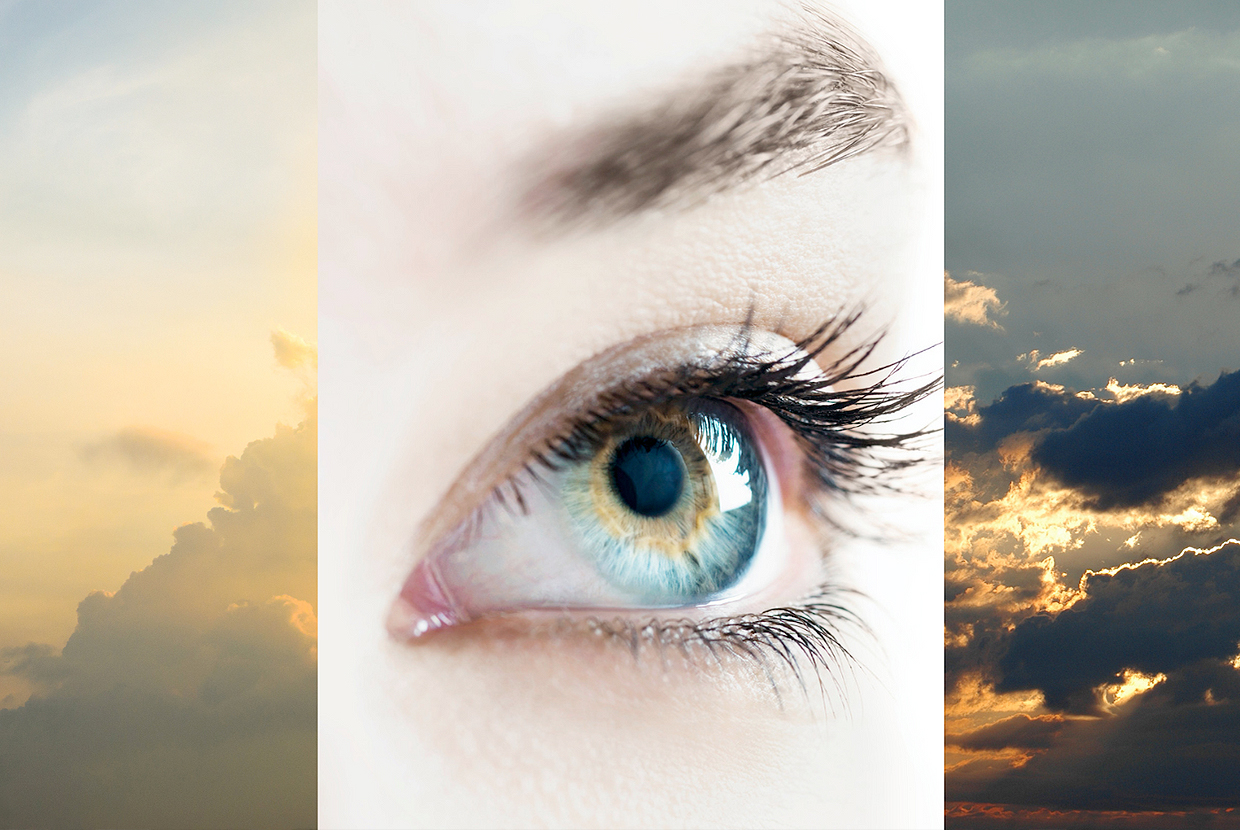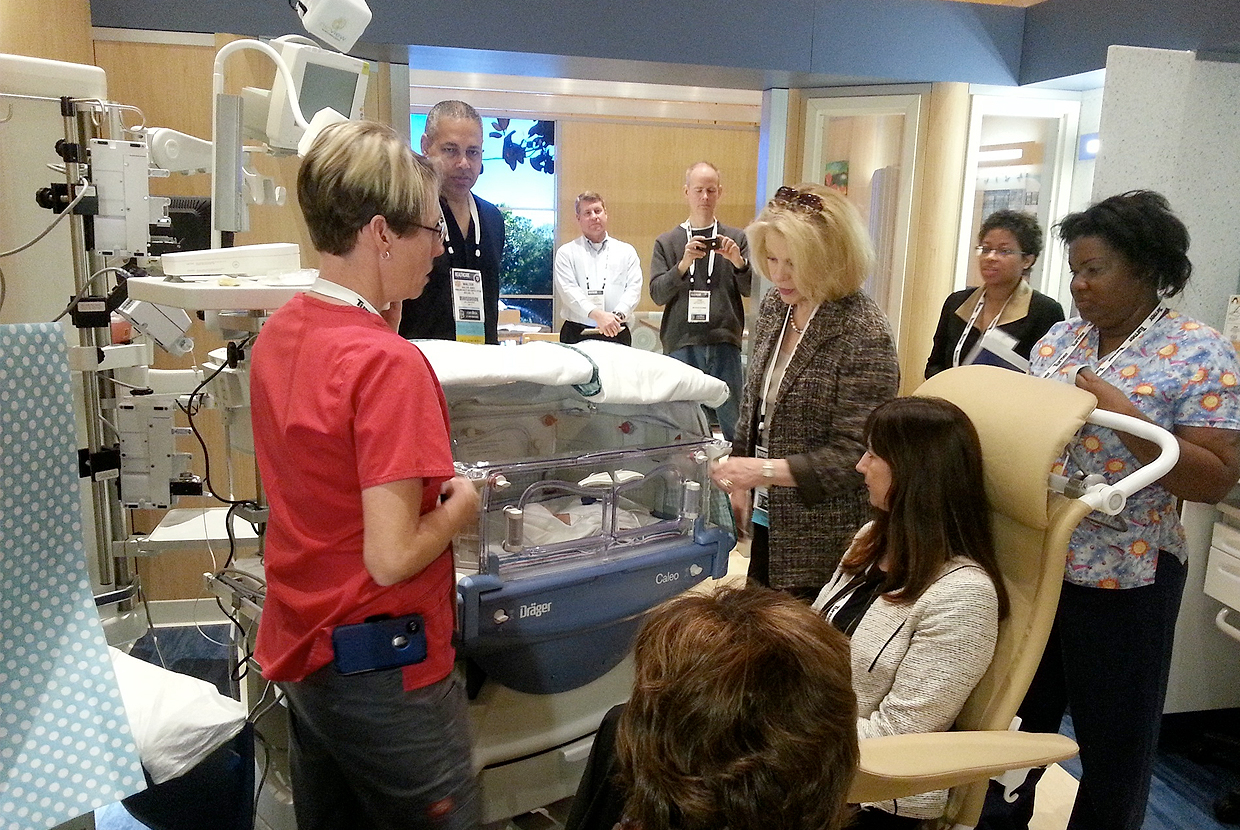Blog
 Learn MorePosted in: Behavorial Health
Learn MorePosted in: Behavorial HealthHumanizing Behavioral Health Spaces Through Lighting Solutions
Balancing safety and autonomy is vital in behavioral health design. LIBERTY Switches from Visa Lighting let patients safely adjust room lighting, fostering comfort and control. Biophilic and circadian lighting mimic natural rhythms, improving mood and well-being while easing staff workloads. Thoughtful lighting creates safer, more supportive spaces for patients and caregivers alike.
 Learn MorePosted in: Healthcare
Learn MorePosted in: HealthcareIlluminating Trends for Brighter Healthcare
Staying ahead in healthcare lighting is key to creating optimal environments for patients and staff. Visa Lighting leads the way with innovative solutions designed to enhance well-being, productivity, and align with the latest industry trends.
 Learn MorePosted in: Behavorial Health
Learn MorePosted in: Behavorial HealthBehavioral Health: The Impact of Patient-Centered Lighting Design
Discover the impact of patient-centered lighting design in behavioral health, focusing on creating therapeutic, safe, and comfortable environments for recovery.
 Learn MorePosted in: Healthcare, Behavorial Health
Learn MorePosted in: Healthcare, Behavorial HealthVisa Lighting's Approach to Behavioral Health Lighting
In this blog, we delve into Visa Lighting's unique perspective on behavioral health lighting.
 Learn MorePosted in: Healthcare, Behavorial Health
Learn MorePosted in: Healthcare, Behavorial HealthUnderstanding Behavioral Health Lighting
In the realm of healthcare design, every detail plays a vital role in enhancing patient wellbeing and aiding in recovery. Among these details, lighting stands out as a crucial factor, especially in behavioral health environments.
 Learn MorePosted in: Healthcare
Learn MorePosted in: HealthcareInsights From a Lighting Designer: Lighting the NICU
When considering the importance of the NICU there are a number of things that may come to mind, but unless you are a lighting professional, lighting is not likely your number one thought.
 Learn MorePosted in: Wellness, Workplace Design
Learn MorePosted in: Wellness, Workplace DesignThe Future of Commercial Lighting: Designing with LEED and WELL Lighting Requirements
In a post pandemic world, many offices and community spaces have new or changed purposes.
 Learn MorePosted in: Luminaire Design
Learn MorePosted in: Luminaire DesignWhat is Mid-Century Modern Lighting?
Mid-century modern lighting design is a style that emerged in the mid-20th century. It’s commonly characterized by its use of clean lines, simple forms, and a focus on function.
 Learn MorePosted in: Healthcare, Tunability
Learn MorePosted in: Healthcare, TunabilityNobel Prize Winning Circadian Science: Explained
On October 2nd, 2017, the Nobel Prize in Phsyiology or Medicine was jointly awarded to Dr. Jeffrey C. Hall, Dr. Michael Rosbash and Dr. Michael W. Young for their research and discoveries on the molecular mechanisms that control our circadian rhythms.
 Learn MorePosted in: Healthcare
Learn MorePosted in: HealthcareWhat We Learned From The NICU Simulation Lab
Visa Lighting and a few other manufacturers partnered with the Institute for Patient Centered Design to create the Neonatal Intensive Care Unit Simulation Lab.

